This interview with Philippe Descola took place in May 2023, when the French anthropologist and professor at the Collège de France presented a conference at Culturgest, in Lisbon. The topic of the conference revisited the title of a monumental book published two years ago: Les Formes du visible [The Forms of the Visible]. Figuration, the production of images, is a common operation among humans, Descola teaches us in this book, which is a long and wonderful journey through the many ways of ‘worldmaking’, i.e. representing the plurality of configurations of the world present in different cultures. An anthropology of images had already been the basis of a singular exhibit, with a strong thesis-like character, which Descola had conceived for the Quai Branly Museum, an ethnographic museum, in 2010. The exhibit was called La fabrique des images [The Factory of Images].
With this extensive study of iconographic traditions and styles, Philippe Descola continued a task of great theoretical scope, initiated with Par-delà nature et culture, a book from 2005 that gave him prominence worldwide within the scientific field of Anthropology. This task consisted in undoing the dualism nature/culture that resides in our ethnocentrism. The research work carried out by the ethnologist in the Amazon resulted in a thesis that profoundly influenced the disciplinary field of Anthropology: the opposition between nature and culture is far from being universal; it is only ‘our’ way of objectifying reality, based on our metaphysical tradition. But the same is not true of other cultures. Therefore, Descola moved from an ‘anthropology of culture’ to an ‘anthropology of nature’.
Recently, Philippe Descola entered the media-dominated public space for reasons foreign to his science: he gave his support and became actively involved in some of the actions of the environmental group Les soulèvements de la Terre [The Earth Uprisings]. It did not take long for him to be included in the blacklist of ‘ecoterrorists’ drawn up by Emmanuel Macron’s government, which caused a stir in the world of science and culture.
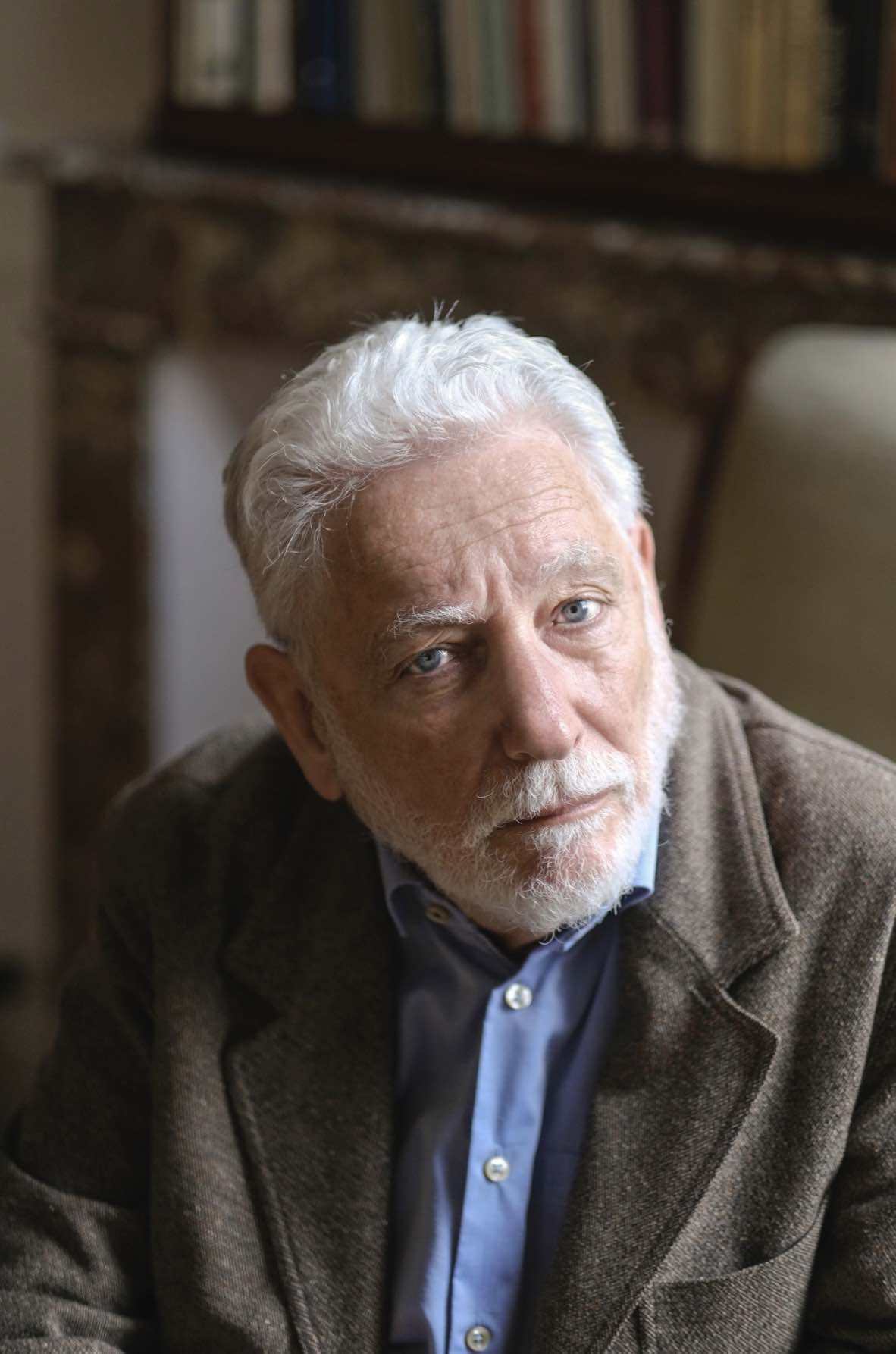
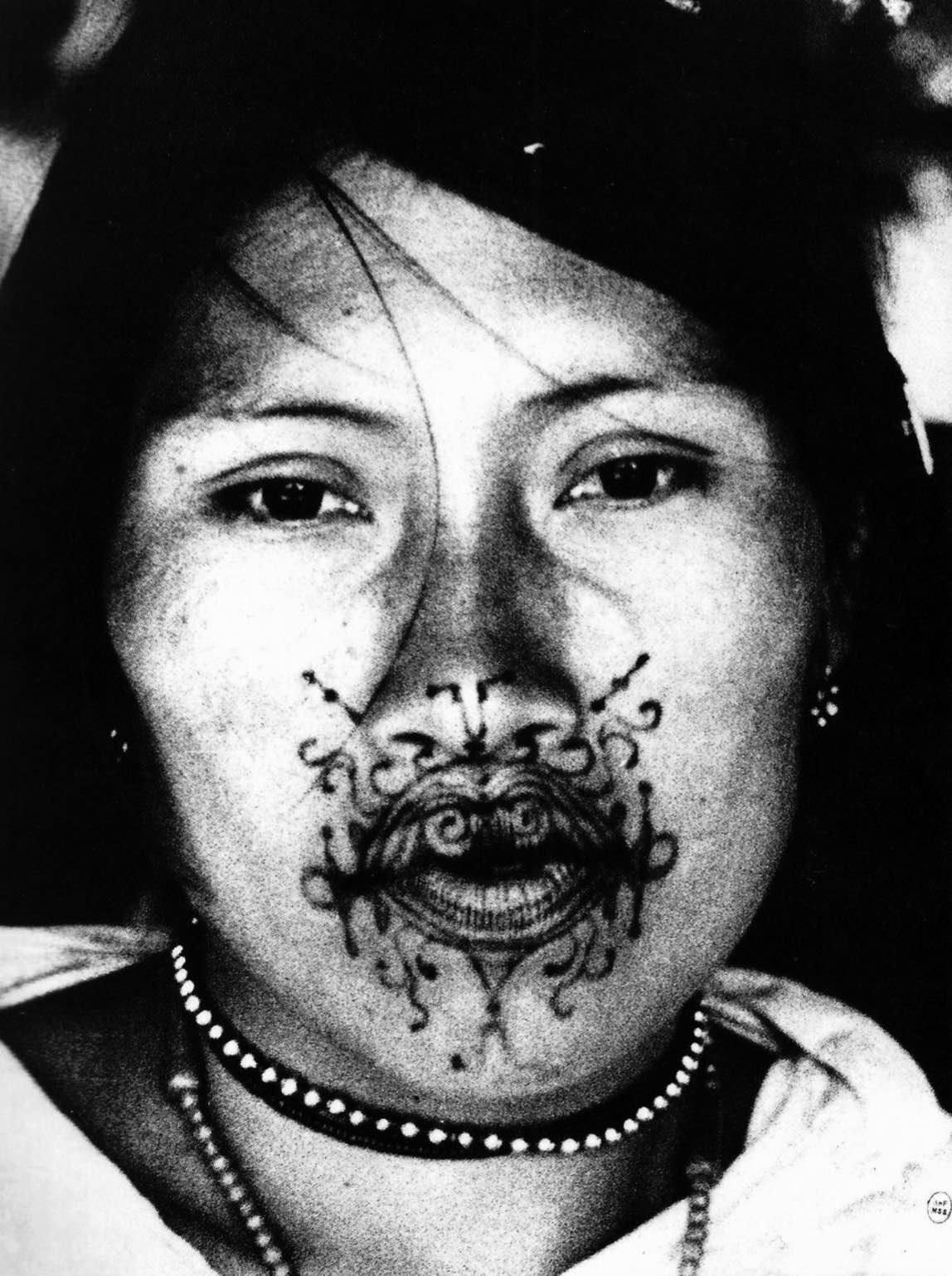
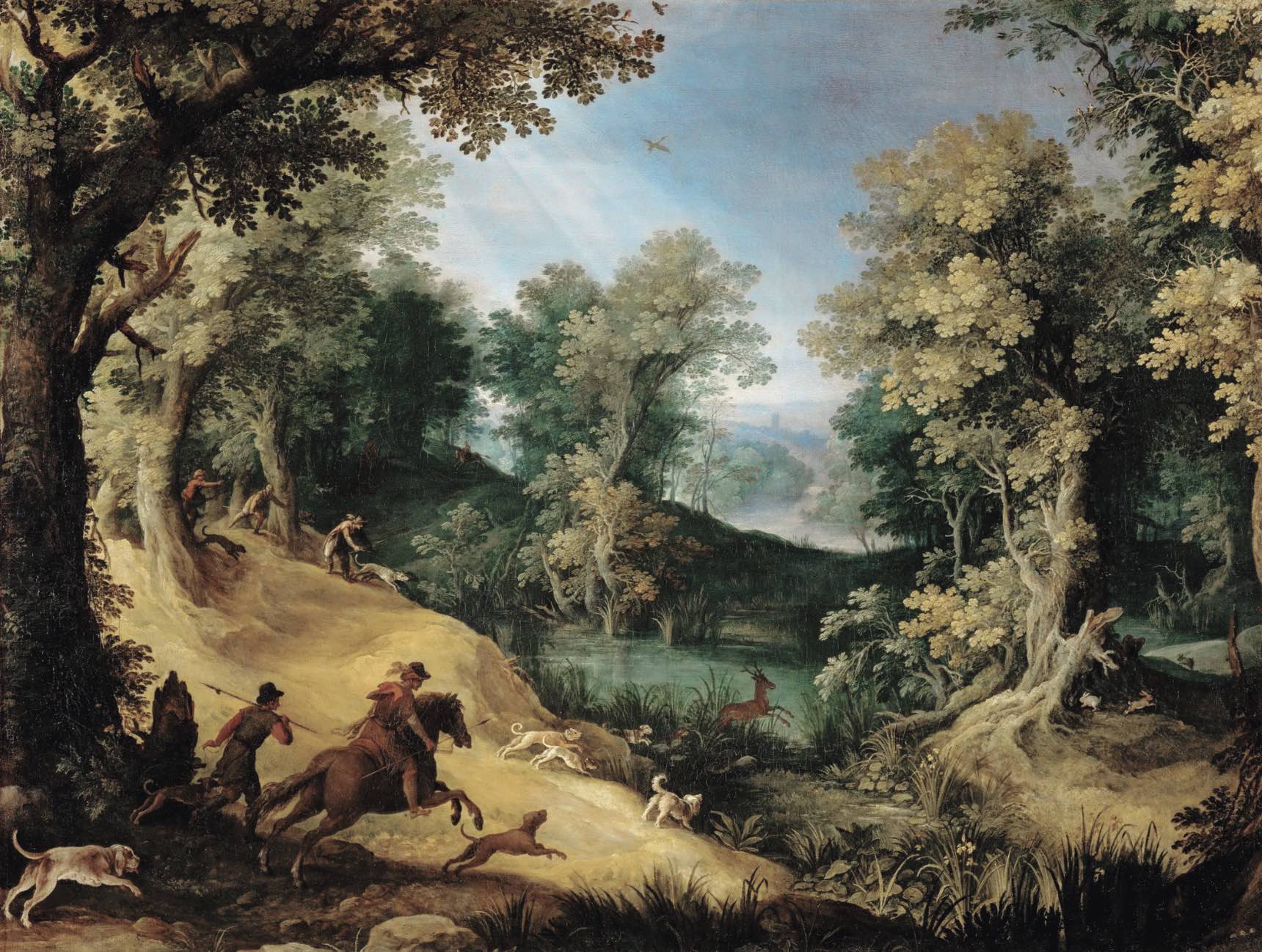
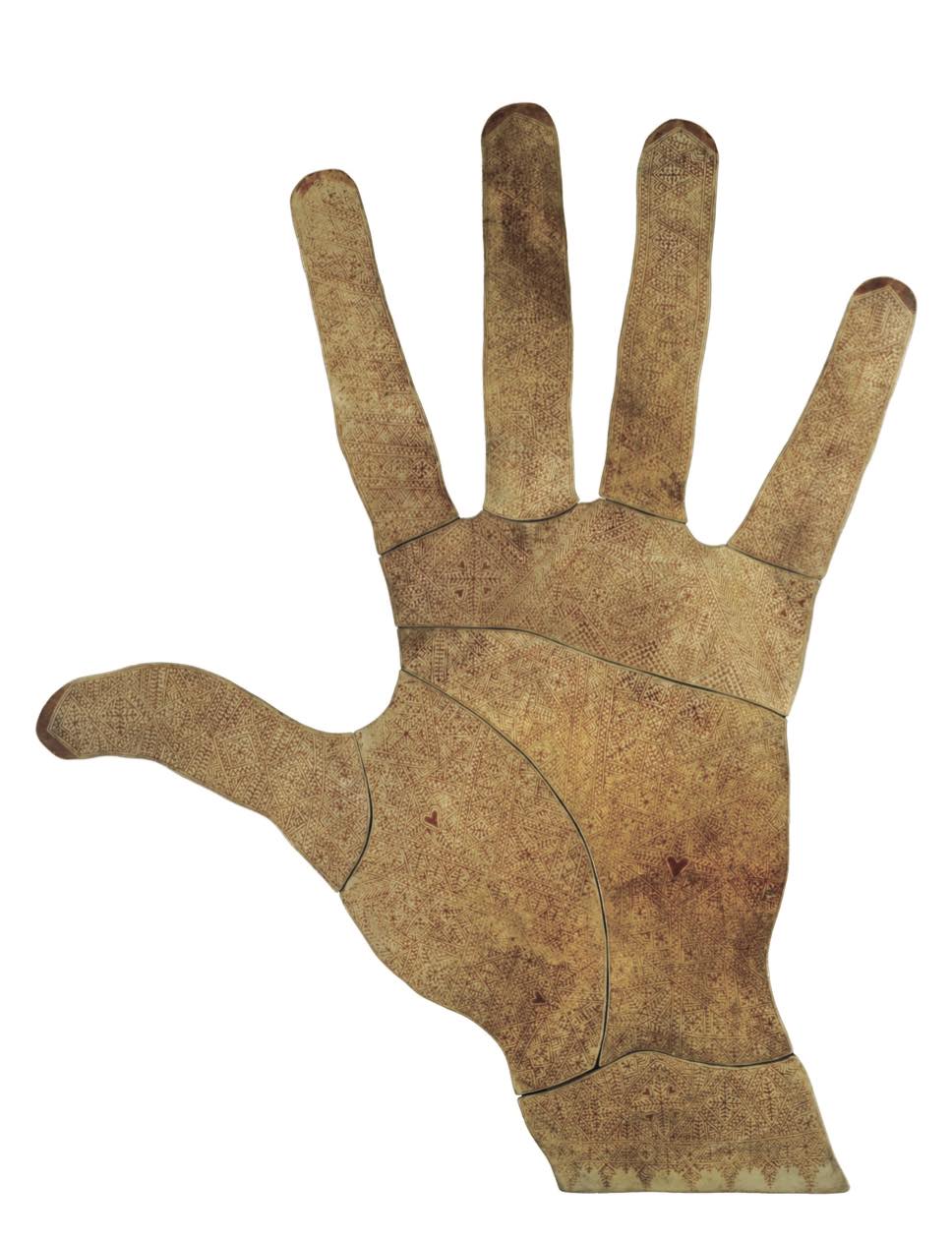
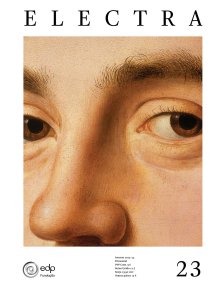

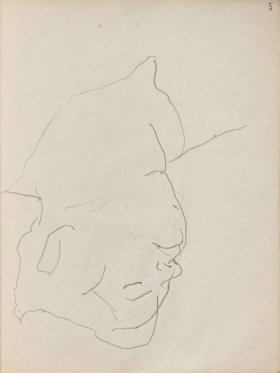
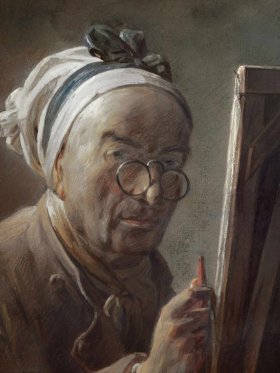
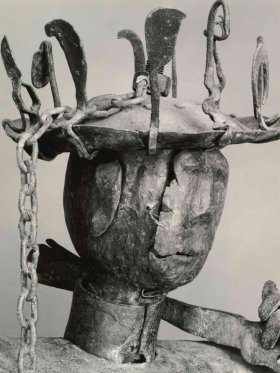
Share article